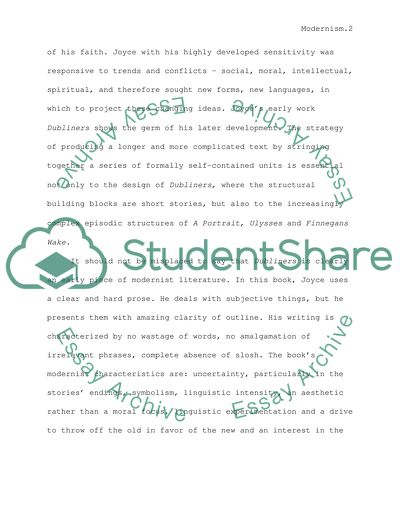Cite this document
(“Modernist Literature Book Report/Review Example | Topics and Well Written Essays - 2000 words”, n.d.)
Modernist Literature Book Report/Review Example | Topics and Well Written Essays - 2000 words. Retrieved from https://studentshare.org/literature/1527894-modernist-literature
Modernist Literature Book Report/Review Example | Topics and Well Written Essays - 2000 words. Retrieved from https://studentshare.org/literature/1527894-modernist-literature
(Modernist Literature Book Report/Review Example | Topics and Well Written Essays - 2000 Words)
Modernist Literature Book Report/Review Example | Topics and Well Written Essays - 2000 Words. https://studentshare.org/literature/1527894-modernist-literature.
Modernist Literature Book Report/Review Example | Topics and Well Written Essays - 2000 Words. https://studentshare.org/literature/1527894-modernist-literature.
“Modernist Literature Book Report/Review Example | Topics and Well Written Essays - 2000 Words”, n.d. https://studentshare.org/literature/1527894-modernist-literature.


